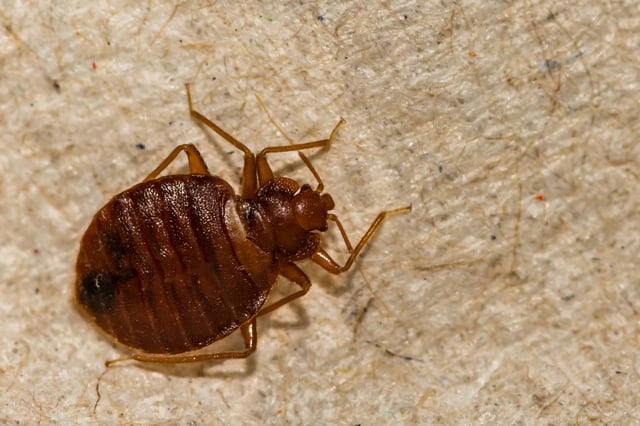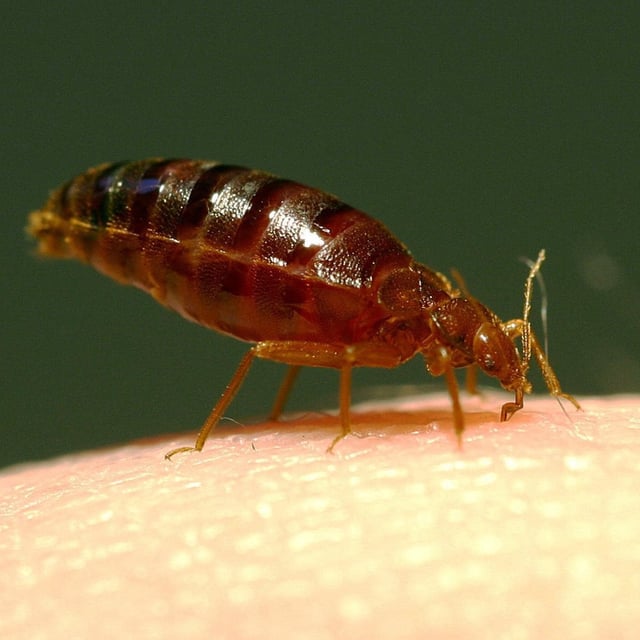Overview
- Analysis shows bed bugs first established on humans around 60,000 years ago when early humans left cave environments.
- Both human-associated and bat-associated lineages declined during the last Ice Age, but only the human lineage recovered with the rise of permanent settlements about 12,000 years ago.
- Widespread DDT use in the mid-20th century drove human-associated populations to near extinction before survivors developed resistance within five years.
- The human-adapted lineage has lower genetic diversity than the bat-associated lineage, reflecting a founder effect from early human migrations.
- Recent data indicate a 35% increase in bed bug infestations between 2022 and 2024, highlighting the challenge of managing resistant pests.

